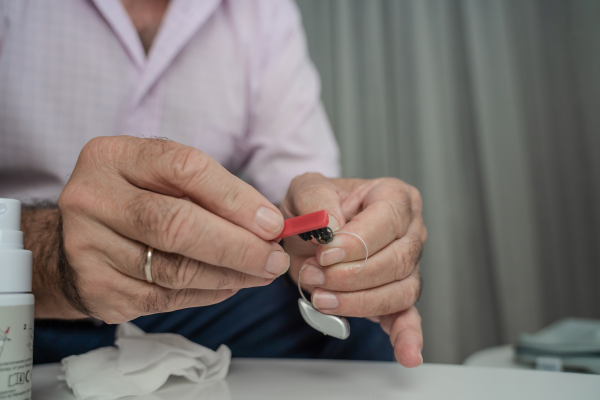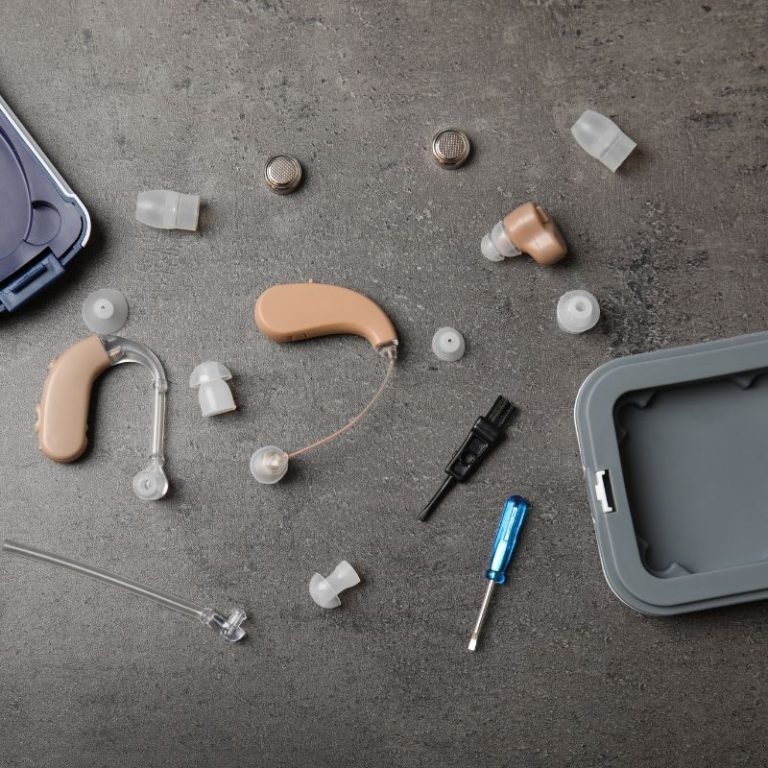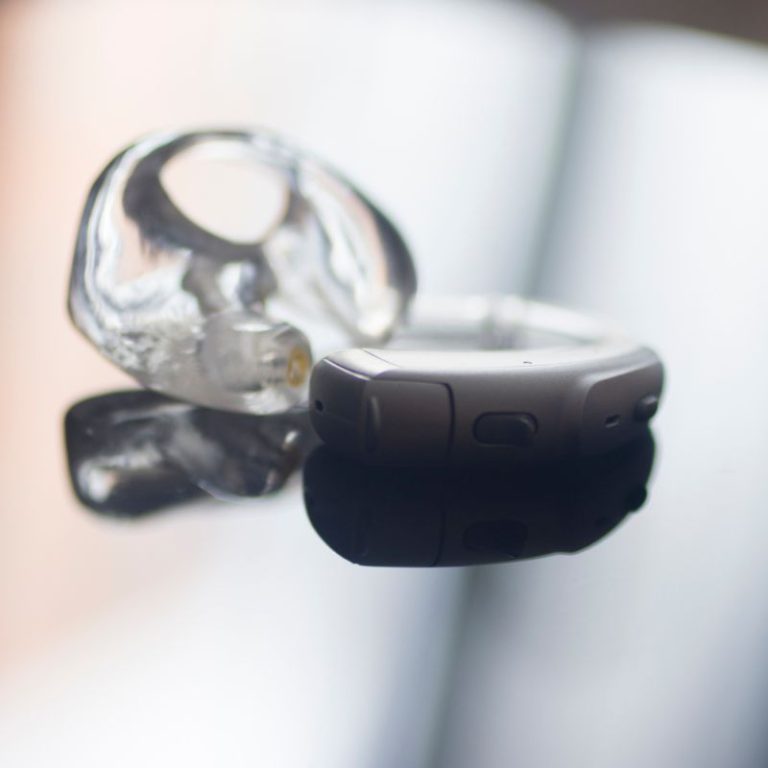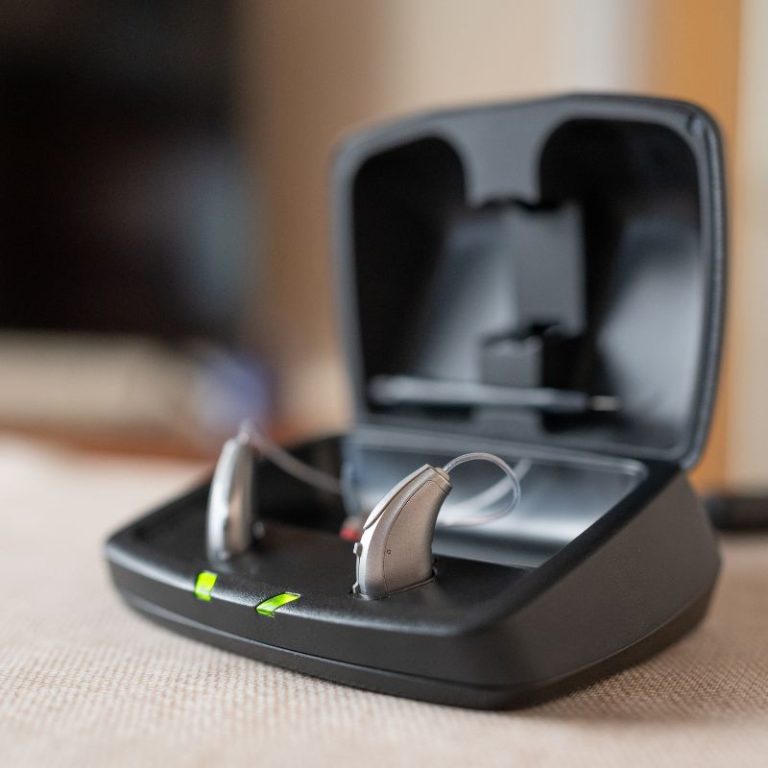Hearing aids are essential devices that help individuals with hearing loss improve their quality of life by restoring access to sounds and enhancing communication. However, like most technology, they require consistent maintenance to deliver clear sound and remain comfortable to wear.
You might be wondering how to clean hearing aids, and understanding proper cleaning techniques is essential for regular maintenance, helping to prevent performance issues and costly repairs.
Keep reading to learn more about how to clean hearing aids, from cleaning schedules to handy tips and even step-by-step instructions.




